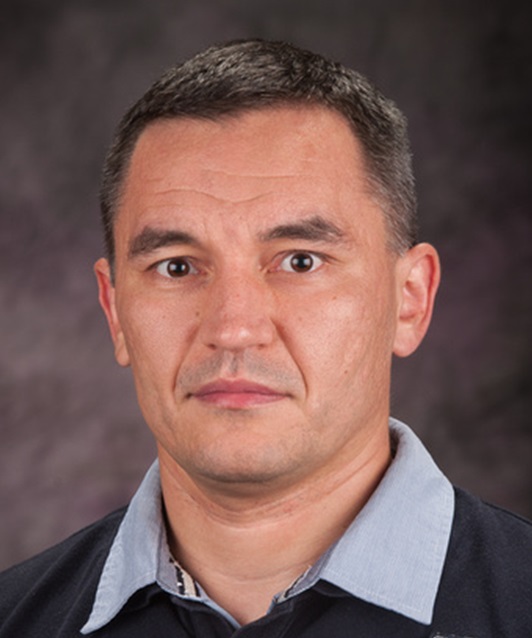Dr. Artem Rudenko
Kansas State University

Imaging dynamics of small quantum systems with light
102 Cardwell Hall
February 9, 2015
4:30 p.m.
Ultrashort light pulses provide experimental tools capable of tracing in real time the motion of atomic nuclei or sometimes even electrons. This opens up a variety of new possibilities to study the dynamics of different physical, chemical or biological processes in time domain, revealing the structure of transient states and reaction intermediates, which are often not accessible by energy (frequency) domain spectroscopies. The extension of femtosecond (or even sub-femtosecond) light sources from optical to XUV and X-ray wavelengths (nowadays down to ~ 1 Angstrom) allowed probing these dynamics with atomic spatial resolution and enabled studying a particular site in an extended system by element-specific inner shell excitations. For many light-induced reactions in relatively small systems it became possible to obtain a very intuitive picture of what happens after the initial photoexcitation by acquiring a sequence of timed snapshots of the nuclei positions and (in certain cases) evolving electronic structure.
In this talk I will present an overview of our ongoing effort to image a broad range of ultrafast photo-induced processes in molecules employing the so-called "momentum microscopy" (i.e., three-dimensional mapping of momentum vectors of charged reaction products) to acquire the snapshots of molecular structure. This activity combines experiments using optical lasers and their high-order harmonics at the J.R. Macdonald Laboratory at KSU with measurements performed at external free-electron laser facilities such as LCLS in Stanford and FLASH in Hamburg. A basic underlying idea is to exploit the availability of short-pulsed light sources in a very broad span of wavelength and parameters to ensure optimal probing conditions, and to obtain the most comprehensive (often complimentary) information for each particular reaction. The examples to be considered include imaging of light-induced electronic, vibrational and rotational wave packets in simple molecules, structural rearrangement reactions like isomerization or proton migration, and charge transfer dynamics after inner-shell photoabsorption.
